Hadean Eon: The Formation of Earth (4.6 to 4.0 billion years ago)
4,567,000,000 years ago, Earth was covered in molten lava. In the Hadean Eon, it was in its earliest stage of formation as it clumped from a cloud of dust.
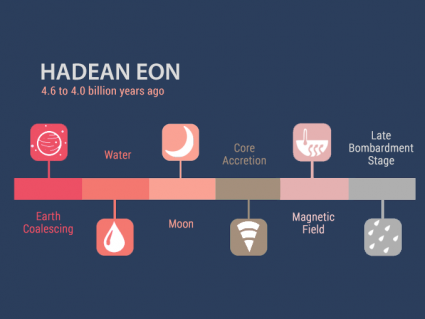
4,567,000,000 years ago, Earth was covered in molten lava. In the Hadean Eon, it was in its earliest stage of formation as it clumped from a cloud of dust.

Trying to find an environmental science career? As an environmental consultant, you ensure clients comply with regulations such as air, water, life and land.
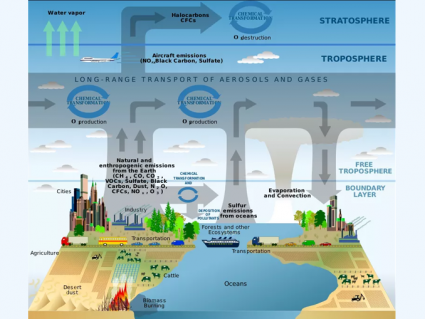
Whether it’s agriculture, industry, vehicles, electricity or natural disasters, these are the major air pollution sources that contribute to climate change.
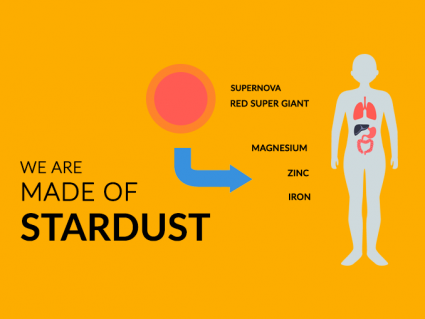
Supernovas are the dying stage of a star when the star explodes. Heavier elements like copper and zinc get flung out into space which we find in our bodies.

Even though landing an anthropologist career can be difficult some, they’ve found their skills best suited in cultural resource management and academia.
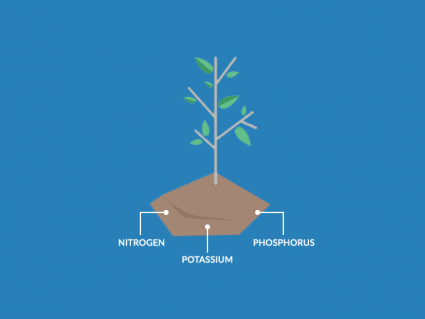
Plants mostly use water and carbon dioxide from the air to grow. But nutrients like nitrogen (N), phosphorus (P) & potassium (K) are also key ingredients.
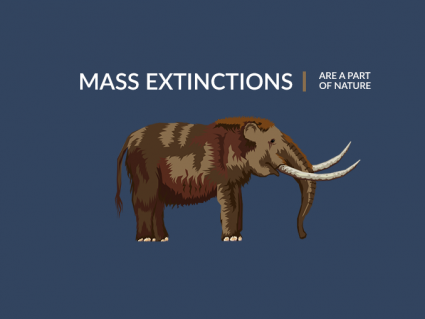
Earth has witnessed 5 mass extinctions where life experienced an abrupt ending. Time and time again, nature has always found a way to reshuffle the deck.

Water is all around us. In fact, 70% of Earth is water. Fisheries, water cycles, weather & climate, shipping routes. Here are the branches of oceanography.
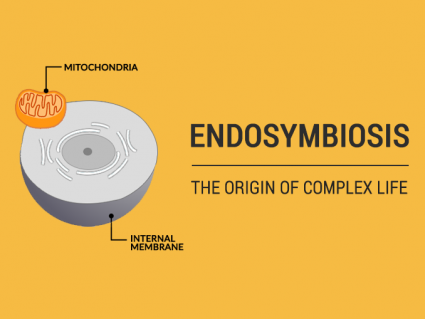
Endosymbiosis sparked the origin of eukaryotic cells. It’s the idea that a prokaryote engulfed a bacteria and became mitochondria part of eukaryotic cells.
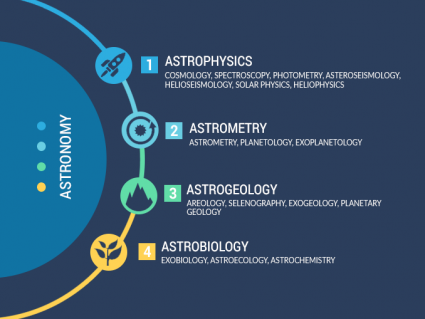
Astronomy is all-encompassing that studies matter outside of Earth. The branches of astronomy are astrophysics, astrometry, astrogeology and astrobiology.
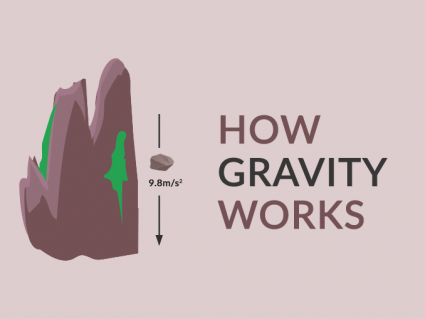
What brings order on Earth is gravity. For all matter, it’s always at work. This is how gravity works for ocean tides, planet formation and escape velocity.

Biologist work with wildlife, marine life and vegetation. They analyze how living things, flora and fauna are composed like their structure & composition.

By 10 to 1, colonies of bacteria outnumber human cells. We rely on bacteria because they break down sugars, help digest food and protect against infections.
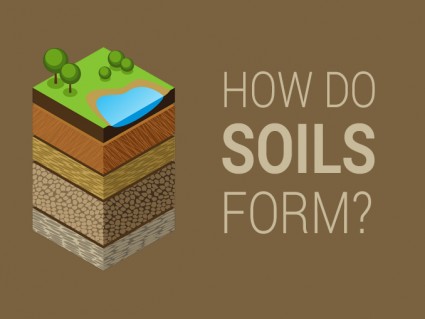
Soil formation is vital for food production and plant growth. Weathering is the process that breaks rock down into soils. Without it, soil wouldn’t exist.
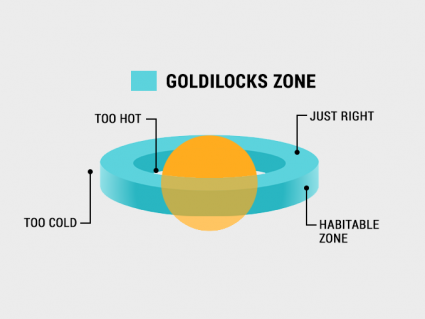
Lucky for us, Earth is in the Goldilocks zone. The range where liquid water persists is 0.99 to 1.7 AU. But it doesn’t necessarily mean life or water exists.